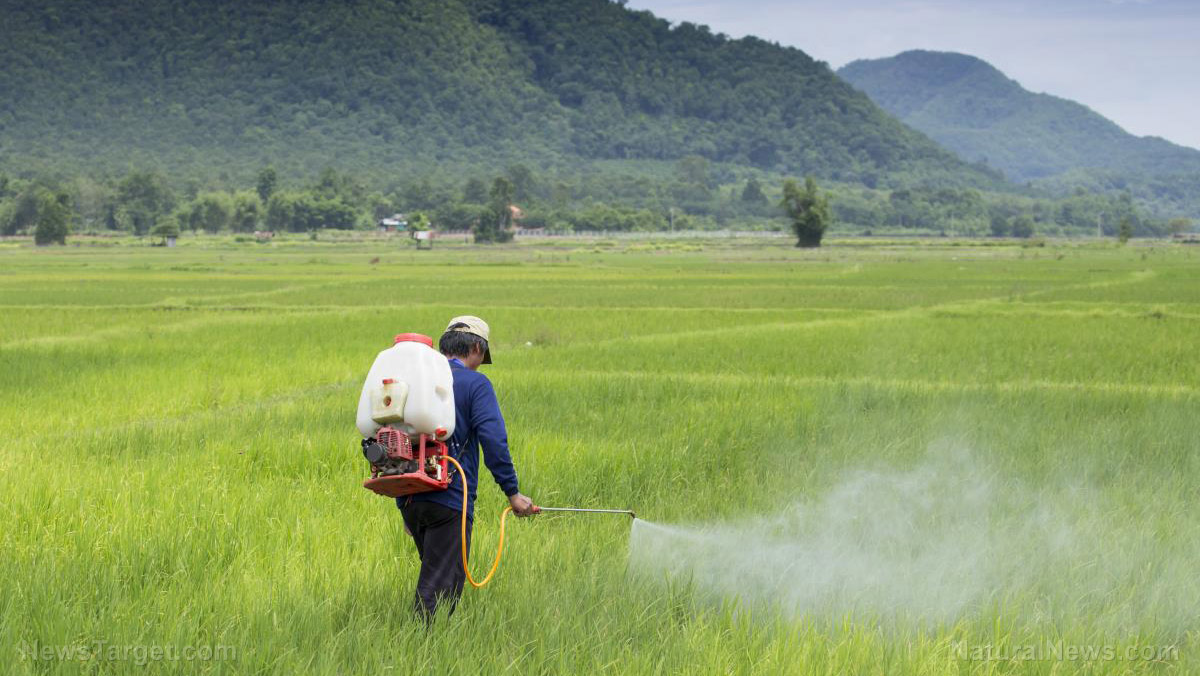Antarctic petrels (birds) mysteriously disappear from Svarthamaren Mountain
03/25/2022 / By Zoey Sky

In 1984, there were over 400,000 Antarctic petrels in Svarthamaren Mountain, Antarctica. By 2020, there were less than 100,000. But in 2022, Antarctic petrels have completely disappeared in the area.
Petrels are considered to be the only species of birds in the world under the genus Thalassoica.
These seabirds have large brown and white wings with white underparts below their heads and tails. They nest mainly on the continent of Antarctica, where they breed and rest together in flocks on pack ice. However, petrels have often been sighted in far-off continent islands like New Zealand and Australia.
Antarctic petrels are carnivores that prey on krill, fish and squid. Their average litter size is one to four birds. On average, a petrel can weigh as much as 14.8 to 25.4 ounces and grow up to 17 inches long. Antarctic petrels can be spotted in the Southern Ocean and in the Antarctic Islands.
Joanna Sulich, a biologist and research technician from the Norwegian Polar Institute, is the leader for the fieldwork at Svarthamaren this season.
While on field research, Sulich reported that there wasn’t an Antarctic petrel in sight in Svarthamaren when there should have been thousands – especially during the breeding season. She added that this has never happened before and that Svarthamaren is famous because it has the largest colony of Antarctic petrels in the world.
Strange and completely extraordinary
According to Sulich, the lack of petrels and nesting sites in Svarthamaren Mountain is strange and “completely extraordinary.”
Sulich reported seeing signs of life when she and her colleagues arrived at the camp. They spotted only four animals in the whole colony, but when the storm calmed down, the animals were also dead.
Svarthamaren Mountain is located in the Norwegian area Dronning Maud Land (Queen Maud Land), 200 kilometers from the Southern Ocean.
Since 1992, the Norwegian Polar Institute has had a small field station Tor, which is 1,625 meters above sea level. Tor is the base for the long-term investigation and monitoring of the seabird populations on the mountain.
Sebastien Descamps, a researcher and biologist, is the project leader for bird research at Svarthamaren. He agreed that it was shocking and unexpected to see the lack of birds in the mountainous area.
Descamps added that he and other researchers have experienced bad seasons before and that the Antarctic petrel population has declined, but not at the extreme levels that they did this 2022.
According to Descamps, the petrel population has varied between 18,000 and 40,000 pairs in recent years.
A similar number of chicks were spotted in the nests on Svarthamaren. He also expected similar figures for 2022. (Related: Unprecedented number of birds dead in New Mexico in a mysterious die-off.)
Severe storms and poor access to food may have caused die-off
Antarctic petrels feed on krill and fish. The researchers believe that while the birds were heading to their usual nesting places this year, severe weather made it impossible to stay, so they returned to the Southern Ocean.
And while petrels may be used to living in harsh conditions, the birds were already stressed because they couldn’t find enough food out at sea.
The researchers think the Antarctic petrels disappeared because of two factors: severe storms and poor access to food. Descamps warned that the problem with the petrels is a sign of something “about to happen out in the Southern Ocean.”
Descamps added that the die-off suggests a bigger problem with the state of health of the marine ecosystem, and that experts should do something immediately to address the issue and to shed light on what is happening in the Antarctic – both on land and at sea.
According to Descamps, it’s difficult to say if the disappearance of the Antarctic petrels can be linked directly to climate change.
“In Antarctica there are large variations, in some places the sea ice increases, in other places it decreases, the sea temperature rises in some places but not as much everywhere,” explained Descamps. He didn’t see any changes in sea ice or temperature in the Southern Ocean in the last 15 years that can easily be linked to climate change.
Several years of study can help determine long-term trends, concluded Descamps. While he thinks some of the birds have died, Descamps believes most of them are out in the Southern Ocean searching for other sources of food.
Watch the video below to know more about wetland birds.
This video is from the Lightpath channel on Brighteon.com.
More related stories:
Mysterious disease hits hundreds of birds in US mid-Atlantic area.
Migratory birds are spreading Lyme disease to new places.
Unique study concludes that migratory birds move away from diseases to raise their young.
PTSD in birds: Living with noise pollution gives them chronic stress, hypervigilance, anxiety.
Drones are causing more damage to airplanes than birds.
Sources include:
Submit a correction >>
Tagged Under:
animal die-off, Antarctic petrels, Antarctica, birds, Climate, discoveries, Ecology, environment, extinction, Svarthamaren Mountain, unexplained, weird science, wildlife
This article may contain statements that reflect the opinion of the author
RECENT NEWS & ARTICLES
COPYRIGHT © 2017 ENVIRON NEWS




















